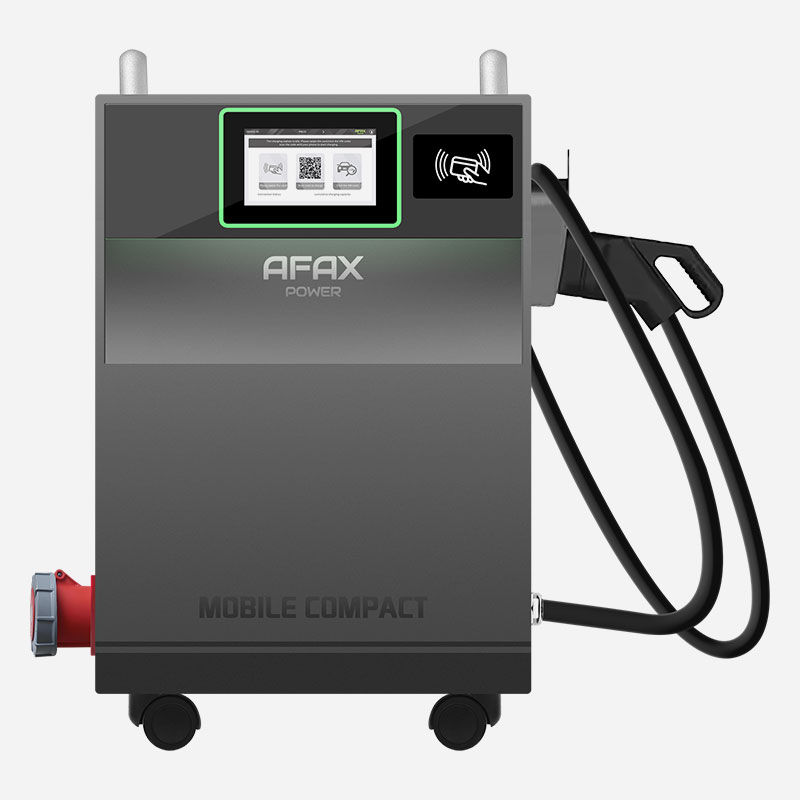Revolutionizing EV Charging: The Advantages of 3-Phase Systems
- afaxpower5
- Aug 26, 2024
- 2 min read
Introduction
As electric vehicles (EVs) continue to gain popularity, the need for efficient and reliable charging infrastructure becomes increasingly crucial. One of the most significant advancements in EV charging technology is the implementation of 3-phase systems. These innovative charging solutions are set to revolutionize the way we power our electric vehicles, offering numerous advantages over traditional single-phase systems.

What are 3-Phase Systems?
3-phase systems utilize three alternating currents that are offset in their phase angles, allowing for a more efficient and balanced power distribution. This technology has been widely used in industrial applications and is now making its way into EV charging infrastructure.
Advantages of 3-Phase Charging Systems
Faster Charging Times
One of the most significant benefits of 3-phase charging systems is their ability to deliver power more quickly and efficiently. With three separate power lines working simultaneously, these systems can charge EVs up to three times faster than traditional single-phase chargers. This reduction in charging time addresses one of the main concerns of potential EV buyers: range anxiety.
Increased Power Capacity
3-phase systems can handle higher power loads, making them ideal for fast-charging stations. This increased capacity allows for the development of ultra-fast charging technologies, further reducing charging times and improving the overall EV experience.
Improved Grid Stability
By distributing the load more evenly across three phases, these systems help maintain grid stability. This is particularly important as the number of EVs on the road continues to grow, potentially putting strain on existing power infrastructure.
Enhanced Energy Efficiency
3-phase systems are inherently more efficient than single-phase alternatives. They experience less power loss during transmission, resulting in more energy being delivered to the vehicle and less wasted as heat.
Compatibility with Renewable Energy Sources
As we move towards a more sustainable future, 3-phase charging systems align well with renewable energy sources. They can more effectively utilize the power generated by solar panels and wind turbines, further reducing the carbon footprint of EV charging.
The Future of EV Charging
As 3-phase charging systems become more widespread, we can expect to see significant improvements in EV charging infrastructure. This technology will play a crucial role in making electric vehicles a more viable and attractive option for consumers, ultimately contributing to a cleaner and more sustainable transportation sector.
Conclusion
The advantages of 3-phase charging systems are clear: faster charging times, increased power capacity, improved grid stability, enhanced energy efficiency, and better compatibility with renewable energy sources. As this technology continues to evolve and become more widely adopted, it will undoubtedly play a pivotal role in revolutionizing EV charging and accelerating the transition to electric mobility.




コメント